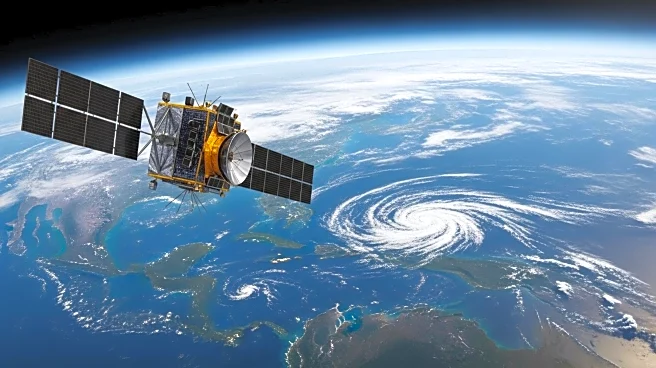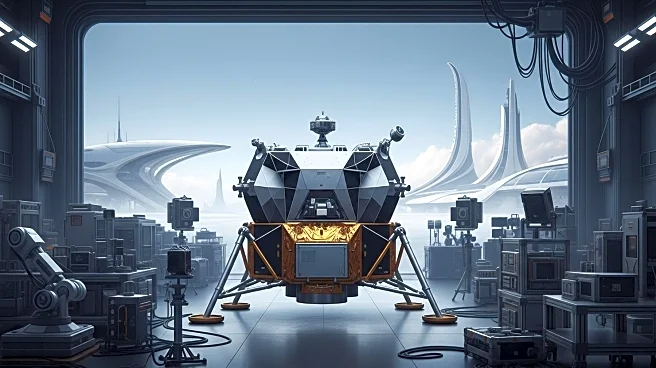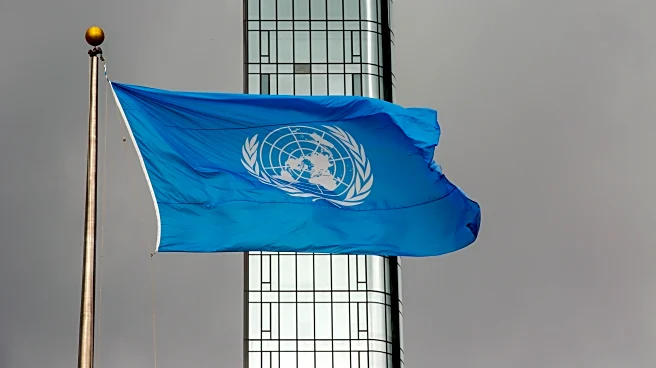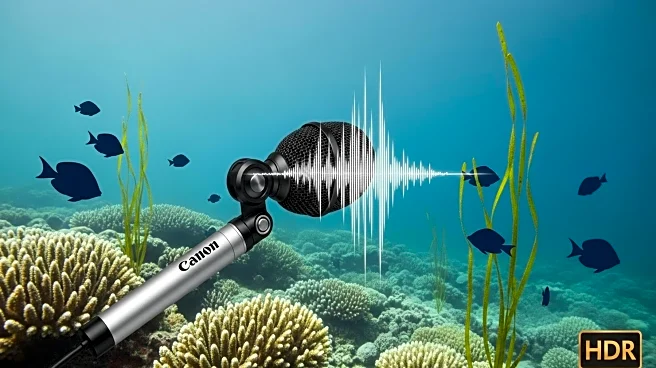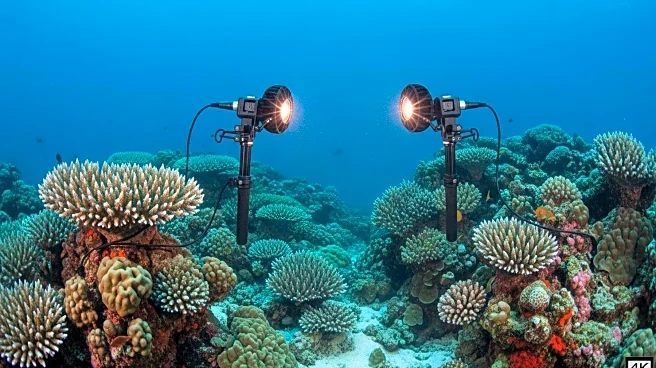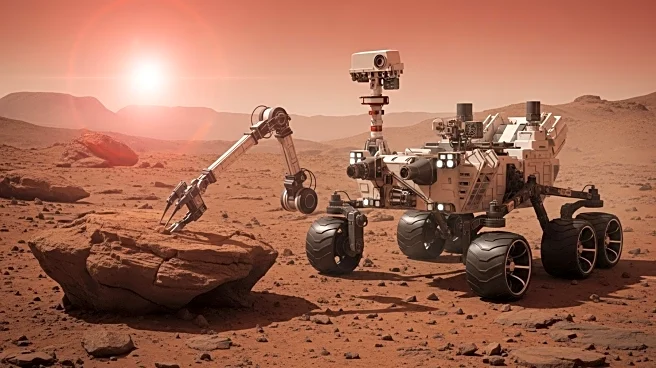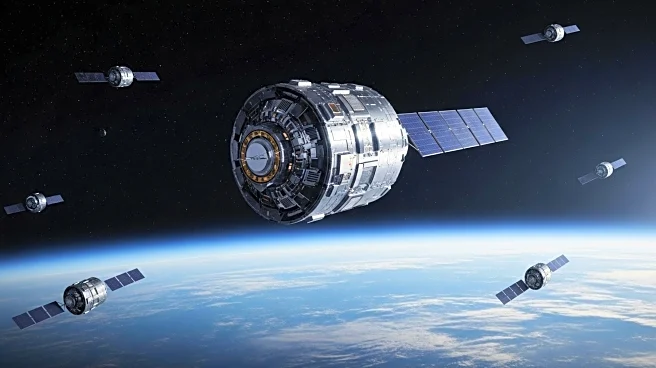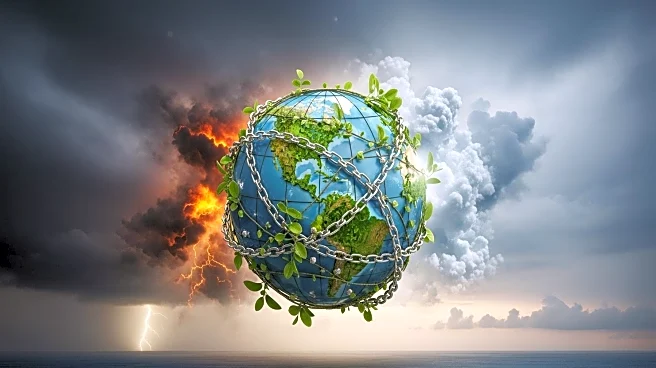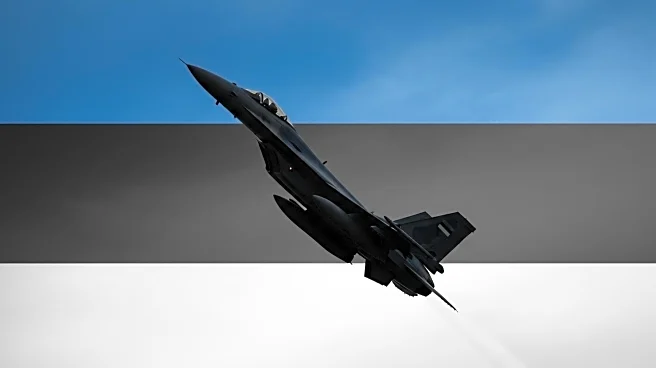What's Happening?
NASA's GUARDIAN technology successfully tracked a tsunami in real-time following a magnitude 8.8 earthquake off Russia's Kamchatka Peninsula on July 29. The system detected atmospheric disturbances caused by the tsunami waves, providing early warnings before the waves reached coastal areas like Hawaii. GUARDIAN uses signals from global navigation satellite systems to detect pressure waves in the ionosphere, which are indicative of tsunamis. This technology demonstrated its capability to provide valuable lead time for coastal communities, enhancing disaster preparedness and response.
Why It's Important?
The ability to track tsunamis in real-time is crucial for minimizing the impact of such natural disasters on coastal communities. Early detection allows for timely evacuations and preparations, potentially saving lives and reducing damage. NASA's GUARDIAN system represents a significant advancement in disaster monitoring technology, offering an additional layer of information to existing tsunami warning systems. This development underscores the importance of continued investment in innovative technologies to enhance global disaster response capabilities.
Beyond the Headlines
The successful deployment of GUARDIAN highlights the potential for satellite-based technologies to improve disaster management. As climate change increases the frequency and intensity of natural disasters, such technologies could play a vital role in safeguarding vulnerable populations. The integration of GUARDIAN with existing warning systems could lead to more comprehensive and reliable disaster response strategies, fostering greater resilience in affected regions.

